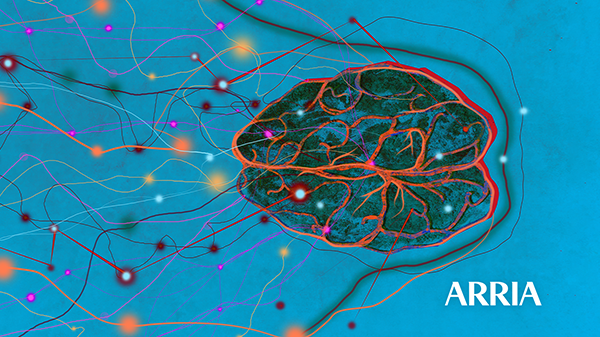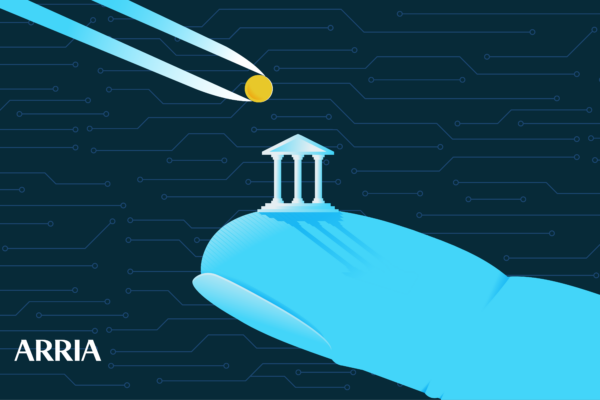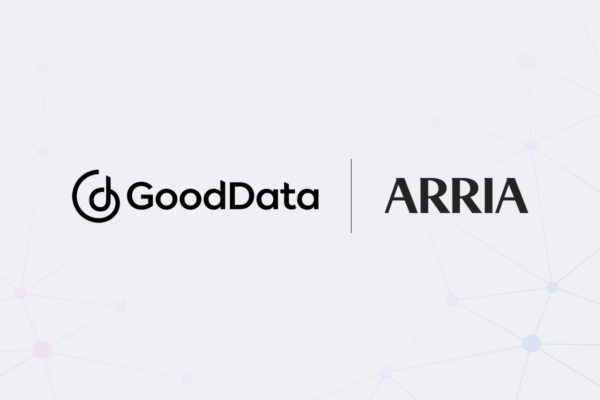
Arria hosted a new and well-attended webinar last Thursday, November 14, to discuss how two pivotal technologies—Natural Language Generation and Robotic Process Automation—can work together to expedite the flow of information within businesses. Because of the groundswell of interest, we have added the subject to our regular rotation of webinar topics. To register for the next NLG+RPA webinar or any other session, visit our webinar registration page. In the meantime, here are some key takeaways.
Separately, RPA and NLG are each incredibly valuable
Let’s at first agree on what we mean by NLG and RPA. Broadly speaking, NLG is an advanced form of AI that explains structured data in natural language that sounds as if it was written, or is being spoken, by a human expert. In contrast to the time-consuming, one-at-a-time production rate of a human analyst, NLG can produce thousands of narratives instantly. In the view of independent experts, such as Gartner, Arria is the world leader in the technology. Arria’s NLG platform is the choice for businesses that prefer to control their NLG in-house, making use of Arria’s built-in Language Analytics and advanced mathematical functions in order to ensure that the final output is on par with the work of their most talented analysts.
For the definition of RPA, we’ll defer to Arria’s RPA partner, UiPath: RPA is the technology that allows anyone to configure computer software, or a “robot” to emulate the actions of a human interacting with digital systems in order to execute a business process. RPA robots capture data and manipulate applications just like humans do. They interpret, trigger responses, and communicate with other systems in order to perform a wide variety of repetitive tasks. So … they perform human actions, but without sleeping or making mistakes, and they cost a lot less than an employee. Meanwhile, human employees are freed from mundane tasks to engage in higher level strategic thinking.
Use Case: Together, RPA and NLG punch more than their combined weight
Problem 1
Consider the case of a regional northeastern bank that has become a national institution through mergers and acquisitions with four other regional lending firms: one in the southeast, one in the southwest, one in the Midwest, and one in the northwest. Each of the new components of the larger organization has a different accounting system. Now the CFO of the combined entity must contend with five accounting systems that don’t talk to each other!
Solution 1
Should the CFO buy an expensive new accounting module for the combined entity, and spend a year or more replacing legacy systems and training personnel to use the new one? That’s an option.
Or the CFO could turn to RPA. Rather than ripping out legacy systems in an expensive, time-consuming exercise and replacing them with one new system, the CFO opts to use RPA robots to act as tireless humans, operating seamlessly among those five accounting systems.
Problem 2
One result of the decision to use RPA is the rapid creation of pools of data that can be mined for insights…
…but, alas, mined by humans.
If the analysis is left to humans, it doesn’t really matter how quickly the data is assembled. The unlimited efficiencies of automation run up against the finite analytical capability of humans. This is a problem that is economically impossible for the CFO to solve with headcount alone . . .
Solution 2
. . . But the problem of finite human analytical capacity is solvable with NLG.
Rather than task humans with manual analysis throughout a rolling reporting period (say a month or a quarter), let NLG write the analyses all at once, on day one.
Now, remember, because Arria is a software platform for in-house use, the NLG system has been trained by the best of the bank’s subject matter experts to ensure that the output reflects the language, concerns, and sensibility of the firm. The analysts and writers haven’t been replaced, but elevated. Now they’re helping to run the whole system. Their productivity has been multiplied. Not only are they happy about that, they are also happy to have more time for higher level tasks.
Because the top analysts taught the system how to write, the reports that the system produces are on par with their best work in almost every way. There is one important exception: humans don’t produce thousands of analyses instantly. NLG does.
Problem 3
Well, great! We’ve generated thousands of insights at once. Now what? How do we deliver these insights to presentation layers, such as BI systems, digital virtual assistants, or any of several text output options in order to ensure that decision-makers receive them?
Solution 3
Back to RPA: Within a few seconds—virtually instantly—RPA distributes the narrative output to the appropriate presentation layers and decision makers.
In Summary: NLG and RPA are sequentially complementary technologies
Let’s pause for a moment to consider some of the advantages of this system of sequential, complementary technologies:
- With RPA, all data is available to NLG at once. There is no manual compilation, or human analysis across systems.
- With NLG, all reports are written instantly.
- With RPA, the distribution of those reports or analyses is also instant.
We’ve just completed—in a matter of minutes, on the first day of the month or quarter—a process that once took the whole reporting period, if it was ever completed at all.
RPA automates human actions, ensuring the standardization and aggregation of data across systems and data sets. NLG captures human expertise and applies it to analyzing those aggregations. By combining the two we achieve exponential efficiencies through Intelligent Automation. NLG and RPA together punch more than their combined weight.
Join us to discuss this 2+2=10 alchemy in more detail by registering for one of our upcoming NLG+RPA webinars.



